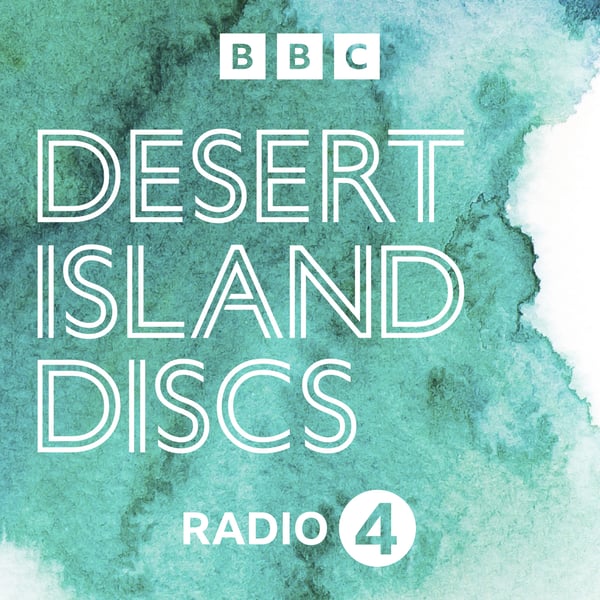Eve Arnold
Desert Island Discs
BBC
4.4 • 13.7K Ratings
🗓️ 4 February 1996
⏱️ 37 minutes
🧾️ Download transcript
Summary
The castaway in Desert Island Discs this week is one of the world's outstanding photojournalists, Eve Arnold. The first American woman member of the famous photographic co-operative, Magnum, she'll be talking about how her passion for photography began with the present of a camera, and how, since then, she has travelled the world in search of arresting pictures, living with hippy communes and with the black power movement, as well as photographing some of the great movie stars, including Paul Newman, Joan Crawford and Marilyn Monroe, with whom she had a close friendship for 10 years.
[Taken from the original programme material for this archive edition of Desert Island Discs]
Favourite track: Flute Concerto No 1 in D Major Op 44R Op 44 by Antonio Vivaldi Book: Arabian Nights (1000 and One Nights) Luxury: Dark room, film and camera
Transcript
Click on a timestamp to play from that location
| 0:00.0 | Hello I'm Krestey Young and this is a podcast from the Desert Island Discs archive. |
| 0:05.0 | For rights reasons, we've had to shorten the music. |
| 0:08.2 | The program was originally broadcast in 1996 and the presenter was Sue Lolly. My cast way this week is a photographer. She was born in Philadelphia more than 70 years ago, the daughter of immigrant Russian Jews. |
| 0:37.0 | Her passion for photography began in her teens with the present of a camera and has continued throughout her long and adventurous life. |
| 0:44.4 | Marilyn Monroe, Joan, Crawford, Paul Newman and many other stars have fallen under the |
| 0:49.2 | spell of her lens. She's also travelled the world in search of arresting pictures, living with |
| 0:54.4 | hippie communes or the Black Power Movement. Today she's regarded as one of the |
| 0:58.8 | world's outstanding photojournalists, defining the secret of her skill as showing you |
| 1:04.2 | something you wouldn't have seen if the photographer hadn't shown it to you. She is |
| 1:08.7 | Eve Arnold. Can you can't |
| 1:15.0 | something you couldn't see with the naked eye |
| 1:17.0 | or is it directing the eye towards some? |
| 1:19.0 | No, it is a point of view. |
| 1:22.0 | It's focusing in closely on something that appeals or repels. |
| 1:27.0 | It's like writing a lead sentence. It does that kind of thing. |
| 1:32.0 | It says stop here, look at this. |
| 1:33.0 | And look at this. |
| 1:34.0 | And it says, this is the way I see it. |
| 1:37.0 | But do you, when you see something, do you see it with the photographer's eye? |
| 1:41.0 | Well, of course you do, but do you suddenly look at it and think I know how I could make that look through the lens? |
| 1:47.0 | Well, what the photographer tries to do is to give meaning to whatever it is he's seeing and is trying to communicate that |
| 1:55.3 | meaning beyond his own vision to the person who is viewing that picture. |
... |
Transcript will be available on the free plan in -10648 days. Upgrade to see the full transcript now.
Disclaimer: The podcast and artwork embedded on this page are from BBC, and are the property of its owner and not affiliated with or endorsed by Tapesearch.
Generated transcripts are the property of BBC and are distributed freely under the Fair Use doctrine. Transcripts generated by Tapesearch are not guaranteed to be accurate.
Copyright © Tapesearch 2025.

